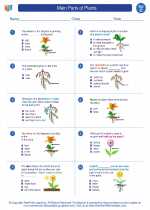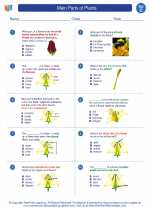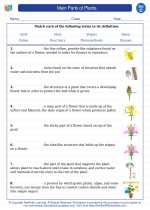What is a Transformer?
A transformer is an electrical device that is used to transfer electrical energy from one circuit to another through electromagnetic induction. It is composed of two or more coils of insulated wire, known as the primary and secondary winding, which are wound around a core usually made of laminated iron or steel. Transformers are essential in the transmission and distribution of electrical power, as well as in various electronic devices.
How Does a Transformer Work?
When an alternating current (AC) flows through the primary winding, it creates a magnetic field in the core. This changing magnetic field induces a voltage in the secondary winding according to the principle of electromagnetic induction. The ratio of the number of turns in the primary winding to the number of turns in the secondary winding determines the voltage transformation ratio of the transformer.
Types of Transformers
Transformers can be categorized into several types based on their application and construction, including power transformers, distribution transformers, instrument transformers, and autotransformers. Power transformers are used in power transmission and electrical substations, while distribution transformers are employed in the distribution network for lower voltage applications. Instrument transformers are utilized for measuring and protective relay applications, and autotransformers are used for voltage regulation and impedance matching.
Transformer Study Guide
- Define a transformer and explain its primary components.
- Describe the working principle of a transformer, including the role of electromagnetic induction.
- Discuss the importance of transformers in the transmission and distribution of electrical power.
- Identify and differentiate between the various types of transformers based on their applications.
- Explain the significance of the turns ratio in determining the voltage transformation of a transformer.
[Transformer] Related Worksheets and Study Guides:
.◂Science Worksheets and Study Guides Third Grade. Main Parts of Plants

 Activity Lesson
Activity Lesson
 Worksheet/Answer key
Worksheet/Answer key
 Worksheet/Answer key
Worksheet/Answer key
 Worksheet/Answer key
Worksheet/Answer key
 Worksheet/Answer key
Worksheet/Answer key
 Worksheet/Answer key
Worksheet/Answer key
 Vocabulary/Answer key
Vocabulary/Answer key
 Vocabulary/Answer key
Vocabulary/Answer key
